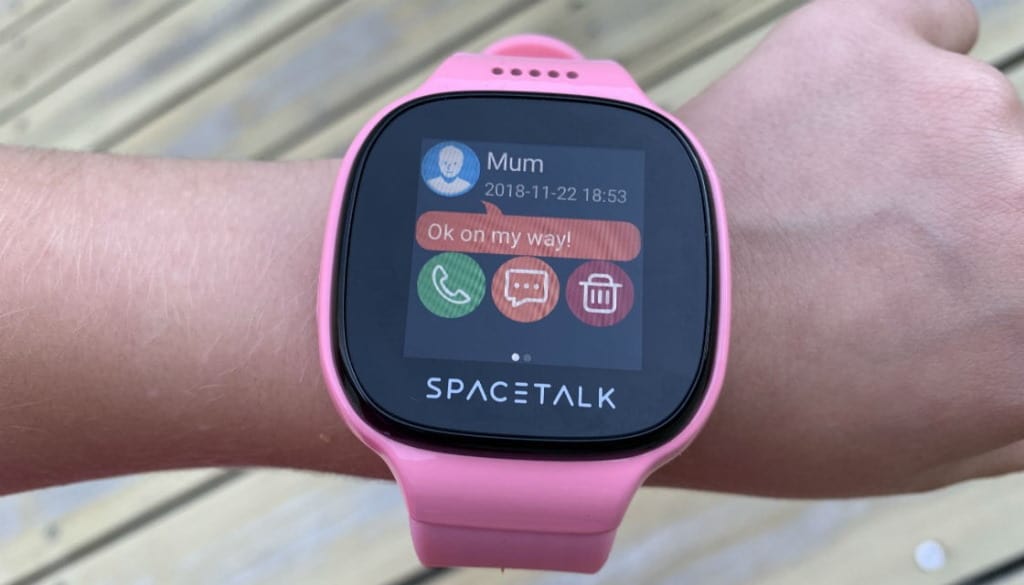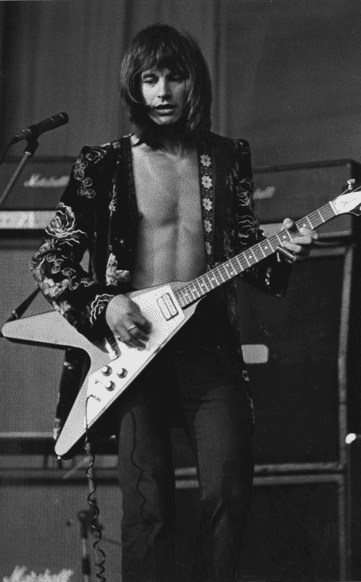Summary
Samsung QLED 8K Neo TV REVIEW
The new tech on the yearly roll-out of tellies is merely superficial, right? Uh, nope! PAT PILCHER takes a squizz at the Samsung QLED Neo.
$11,999.95
It’s that time of the year when our eyeballs are treated to the latest crop of Samsung TVs. This time around it’s Samsung’s Mini LED-sporting QN900A Neo QLED 8K TV. There’s a lot to like, including an impressive picture and great audio. And it’s all been wrapped up in a beautiful design.
Would you like to support our mission to bring intelligence, insight and great writing to entertainment journalism? Help to pay for the coffee that keeps our brains working and fingers typing just for you. Witchdoctor, entertainment for grownups. Your one-off (or monthly) $5 or $10 donation will support Witchdoctor.co.nz. and help us keep producing quality content. It’s really easy to donate, just click the ‘Become a supporter’ button below.
Given the sheer amount of confusion surrounding QLED/OLED and Mini LEDs, an explanation is in order. Samsung’s Neo uses QLED technology, which is a quantum dot doped LCD. The quantum dots help each LCD sub-pixel deliver a precise red, green or blue, resulting in vivid and accurate colours. Mini LEDs are used for backlighting to illuminate the QLED display. The mini-LEDs are tiny, being around 1/40th the thickness of your run-of-the-mill light-emitting diode. There are literally thousands of these mini-LEDs packed together. They combine to create super accurate full-array local dimming zones (FALD), resulting in on-screen contrast/black levels comparable to OLED.

That said, some of the limitations of LCD still apply. White titles on a black background still generate a barely noticeable halo effect. Colour accuracy at a pixel level still isn’t quite up to what OLED is capable of. But the good news is that the gap has closed to the point where you’d be hard-pressed to tell the difference. In short, Mini LED backlighting gives Samsung’s already capable 8K TV a significant upgrade. It also puts other LCD TV makers on notice, giving the OLED crowd pause for thought. It looks like the LCD girl might still have some life left in her after all.
When unboxing the QN900A, I emitted some involuntary “ohhhs” and “ahhhs” at its design. The 65-inch review model sports a crisp minimalist design that puts content first and everything else second. There’s virtually no bezel – at just 0.9mm, it is practically unnoticeable. This also means that there are no visible front-facing speakers. Its speaker grilles are along its left and right edges. These are home to an 80W 6.2.2 channel system consisting of ten speakers (more on this later).
Staying with keeping viewer distractions to a sensible minimum is its ingenious TV stand. Viewed front-on, there wasn’t much to it. It’s both slim and flat, and most importantly, dead easy to mount to the TV. Best of all, it doesn’t require a lot of space to place the TV. The One Connect box that houses the TV’s inputs and outputs slots onto the back of the stand, keeping it out of view, minimising cable clutter.

The remote also deserves special mention. I initially had issues pairing it with the TV (I resorted to using a remote from my ancient Samsung TV when setting up). Thankfully, it later decided to play nice. The cool thing about the remote is that it has a solar cell on its back which allows it to recharge when left in daylight or under your TV room’s lights. Not having to worry about dead batteries is a definite bonus. If your lounge isn’t bright enough for solar charging, the remote also has a USB C port on its bottom for wired charging. The other big bonus is that rechargeable batteries make the remote feel much lighter in use. The only real downside with the remote was remembering to place it face down so the solar cells could do their thing.
As you’d expect with a flagship Samsung TV, a lot is going on under its hood. HDMI 2.1 is available on all four HDMI ports (and one port also offers up eARC support). If that wasn’t enough, add 3x USB 2.0 ports, 1x ethernet port, 1x optical SPDIF output, plus an antenna, Bluetooth, and Wi-Fi. About the only thing missing was a kitchen sink.
The QN900A uses TIZEN as its OS. Pressing the home button on the remote sees your apps (and video sources) appearing horizontally along the bottom edge of the display. It’s an intuitive arrangement that most people will get comfortable with quickly. While most major streaming services are there, apps such as Kodi are still absent, which is likely to frustrate anyone with a large media library. While it has a built-in media player, it has limited codec support.
As with previous models, Samsung’s AI upscaling of HD/UHD to 8K is handled flawlessly. Both HD and UHD content looked super crispy at 8K with no artefacts or other digital detritus visible, but no loss of detail either. If you have a lot of HD or UHD content, the quality of the QN900A’s upscaling is likely to be a big selling point.
The QN900A’s speakers might be hidden away on the left and right edges of the TV (there are rear speakers too), but you won’t find its audio lacking in volume, clarity, or soundstage. This is due to Samsung’s Object Tracking Sound Pro, which fires audio around the various speakers depending on what the AI detects is happening on the screen. In use, it added depth and width to most content I tested. That said, the lack of space for tuned cavities in the QN900A’s wafer-thin chassis meant it wasn’t a patch on a good home theatre or soundbar. The audio delivered by the QN900A was still many times better than what I’ve heard from most other similar-sized TVs.

So, the verdict? The QN900A is hard to fault. Samsung has moved heaven and earth to keep their LCD tech in the game to compete against OLED. While Tizen doesn’t have the same volume of apps as Android TV, all the streaming services you’d ever need are there. Add crispy super vivid video and an innovative solar-powered remote, plus solid audio performance, and there’s a hell of a lot to like. If there’s a fly in the AV ointment, it’s this: all that visual performance commands a steep price. The QN900A’s RRP is a whopping $11,999.95 – double the price of competing, similar-sized 4K OLED TVs.
https://www.samsung.com/nz/tvs/qled-tv/highlights/


















